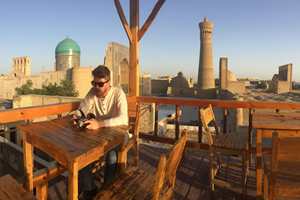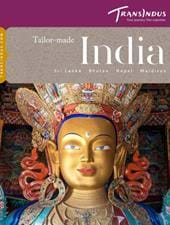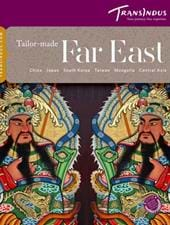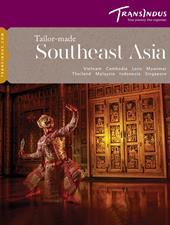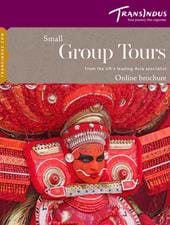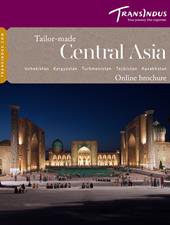Tailor-made Tour 12 days from £3225 per person
Places Visited: Uzbekistan, Tashkent, Khiva, Bukhara, Samarkand
To travellers crossing the great deserts of Central Asia, the splendid turquoise domes and mosaic-tiled facades of Samarkand, Bukhara and Khiva must have seemed like visions of heaven. They’re no less impressive today, having been painstakingly restored by the Uzbekistan government over two decades, and on this tour, you’ll see the finest of them in an itinerary that covers all of the country’s historic highlights over a focussed 12 days of travel along the former Silk Road.
Marvel at the emerald, lapis blue and wax-yellow patterns adorning Samarkand’s Registan Square – one of the great wonders of the Islamic world. Shop for hand-woven kilims in the bazaars of Bukhara. And savour the exotic desert light as you cross the Oxus Delta. Along the way, you’ll have opportunities to meet local people, experience traditional music and dance, watch ceramicists, carpet weavers and embroiderers at work, and shop for fabulous, locally made silk.
Holiday Types
Cultural Holidays
Suggested itinerary
UK
Fly overnight from the UK to Tashkent.
Accommodation Options
Tashkent
On arrival in the Uzbek capital, you’ll be met at the airport by your local TransIndus representative and driven to your hotel for a one-night stay. Spend the rest of the morning recovering from the journey. Later, enjoy an afternoon of guided sightseeing in the north of the city.

After a late lunch at a traditional Uzbek restaurant, enjoy a gentle afternoon’s tour beginning at the Hast Imam complex in old Tashkent, whose handsome 14th-century mosques, tomb and madrasa today workshops for traditional crafts, as well as one of the world’s oldest Qurans. From there, head across town to the centrepiece of the modern city, Amir Timur Square, home to a huge equestrian statue of Uzbekistan’s eponymous national hero, Amir Timur, better known in the West as ‘Tamerlane’. On the western side, the gleaming white-marble Congress Hall is crowned by a pair of silver storks, symbols of ‘Peace and Happiness’.
Accommodation Options
Tashkent, Khiva
After breakfast, we suggest a visit the capital’s Museum of Fine Arts, whose collection spans 1500 years of Central Asian history and culture. Time permitting, a trip to Chorsu Bazaar, Tashkent’s largest market, may be possible ahead of your transfer to the airport and early-evening flight to Khiva, via Urgench.

Among the many items on display at the National Museum are some of the Asia’s most sumptuous antique carpets, a collection of ancient suzani embroidered silk wall hangings and Buddhist figurines from the pre-Islamic Silk Road era. Lunch today could be at the famous National Plov Centre, high altar of the national dish of Uzbekistan – a regional take on pulao made with sizzling lamb, rice, vegetables and apricots. Afterwards, consider a visit to Tashkent’s bustling market – Chorsu Bazaar – where everything from embroidered Uzbek hats to wedding gowns and bowls of juicy mulberries are on sale. Photographers will be in their element.
Accommodation Options
Khiva
A full day’s sightseeing in Khiva today in the company of your guide focusses on the principal highlights of the old walled city, the Itchan-Kala, which has been beautifully restored and is traffic free. As well as monuments, there are lots of crafts stalls and workshops to browse around the backstreets.

Sumptuous tilework, painted ceilings, finely carved wood pillars and exquisite calligraphy adorn the remarkable ensemble of palaces and madrasas surviving in the Itchan Kala. Your guide will lead you through the highlights in a leisurely day, starting at the Kunya-Arc palace, a complex of interlocking royal apartments and courtyards, some of which are adorned with breathtakingly intricate majolica tilework. You’ll have a chance to climb the city’s tallest building, the Islam Khoja Minaret, following a narrow flight of steps that corkscrews to a tiny viewing platform where a fabulous 360-degrees view over the surrounding rooftops is revealed. The nearby Jama Masjid is famed for its ancient, carved elm pillars, replicas of which are still produced in time-honoured fashion just around the corner in workshop occupying the site of a medieval madrassa.
Photographers may want to slot in a second visit to the Kunya Ark Palace in the evening for the sunset views over Khiva’s exotic skyline.
Accommodation Options
Khiva, Bukhara
A long drive across the Kyzl Kum desert to Bukhara takes up most of today. En route, you’ll traverse the Amu Darya River, known in the time of Alexander the Great (who crossed it twice) as the ‘Oxus’.

Nearly a mile wide, the Amru Darya is still an impressive sight, despite the fact much of its water is nowadays diverted into vast fields of cotton. Your lunch stop today will be at a traditional Uzbek restaurant just off the highway, which serves particularly succulent kebabs, salads and freshly baked bread. All being well, you should arrive in Bukhara in time for a short wander around the historic centre, near your hotel, before supper. Start at the shimmering Lyab-i Hauz pond and its ensemble of 16th-century architectural masterpieces.
Accommodation Options
Bukhara
Enjoy a full day’s tour of Bukhara’s medieval monuments today, covering the mighty Poi-i-Kalan and mausoleums of Ismail Sami and Kashma Ayub.

Most of Bukhara’s standout buildings were erected by the Timurid Dynasty and the Shaybanids in the 16th century, after the city had been destroyed by Genghis Kahn. One of the only structures spared by the Mongol warlord was the Minara-i Kalan, a magnificent brick minaret whose striking form dominates the Poi-i-Kalan complex. Below it, facing each other from opposite sides of a large piazza, are the mosaic-tiled facades and turquoise domes of the Kalan Mosque and Mir-i Arab Madrasa – two of the great architectural masterpieces of the old Silk Road.
In the afternoon, your guide will accompany you on visits to local craft workshops, among them Bukhara’s famous puppet centre.
Accommodation Options
Bukhara
On the morning of your second day in Bukhara, we recommend a visit to the Ark fortress, at the northwest side of the old walled town, followed by a trip out to the iconic Chor Minor Madrassa. In the afternoon you’ll be free to explore at your own pace, with or without your guide, as required.
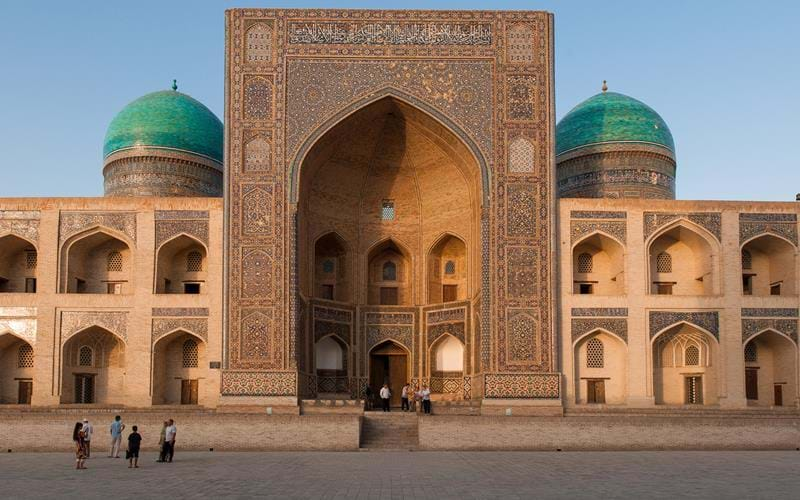
The Ark citadel is a more implacable and functional edifice than the nearby Poi-i-Kalan, its sloping walls enclosing the labyrinthine palace where the British emissaries, Stoddart and Conolly, met with untimely deaths in 1842 at the hands of the redoubtable Khan of Bukhara. Most of what stands today is a modern reconstruction. The last ruler, Alim Khan, ordered the building be blown up rather than allow it to fall into the hands of the Bolsheviks in 1920.
On the eastern outskirts of the city, the four-towered, delightfully quirky Chor Minar is on an altogether smaller scale. Modelled on the famous ‘Char Minar’ of Hyderabad in India, the building dates from the 19th century, when it was prized by Sufi mystics and musicians for its wonderful acoustics.
Accommodation Options
Samarkand
Today you’ll drive east through the green belt lining the Zeravshan River to Samarkand, pausing for lunch at a traditional pottery. On arrival, visit Timur’s azure-domed tomb, the Gur-i Amir.

At their workshop in the town of Gijduvan, the Narzullayev family have been making ceramics for five generations, according to methods used in the area for literally thousands of years. You’ll see how pots are thrown and fired in an old-style kiln, with glazes made from desert plants and local minerals (ground in situ on a wheel driven by a donkey). On arrival in Samarkand, you’ll have time to freshen up at your hotel before visiting the Gur-i Amir, where the final resting place of the great king is marked by a beautiful slab of polished Chinese jade – thought to be the largest of its kind in the world.
Accommodation Options
Samarkand
A memorable excursion awaits today as you visit the oasis town of Shakhrisabz, on the far side of the Gysar Mountains. Later, enjoy the superb tilework and sociable atmosphere of the Shah-i-Zinda tomb complex back in Samarkand.

Located 50 miles (80km) south of Samarkand, Shakrisabz was the birthplace of Timur – a fact celebrated by a crop of wonderful 14th and 15th century monuments, foremost among them the majestic Kok Gumbaz mosque, with its three vibrant turquoise domes. The remnants of Timur’s own Summer Palace, the Ak-Saray, come a close second: sublime blue, white and gold mosaics embellish the surviving gateway of the building. After lunch, there will be time to visit the site’s remaining monuments before returning to Samarkand ahead of a sunset wander around the glazed-tiled tombs of the Shah-i-Zinda necropolis, where many of the Timurid Queens and concubines were laid to rest.
Accommodation Options
Samarkand
We recommend you start your tenth day with a visit to the magnificent Registan, the greatest ensemble of buildings surviving from Timurid times, followed by Bibi Khanum mosque and nearby Siab market.

After breakfast, you’ll be driven to the most spectacular ensemble of buildings in all of Central Asia – Samarkand’s ‘Registan’. The complex is made up three separate madrasas, or theological colleges, lining three sides of a huge plaza. Behind the richly decorated facades are hidden cloistered courtyards where the former priests’ and students cells today hold small crafts and souvenir shops. At one, you can listen to traditional Uzbek instruments being played. In another, majolica tiles are made in time-honoured fashion.
After the Registan, you could cross town to see the giant Bibi Khanym mosque, once the largest and most impressive on the Silk Road, before a wander around nearby Siab market – a great place for picking up local dried fruit, nuts and textiles. Time permitting, you might also want to call at the silk carpet factory to see rugs and kilims being woven by hand.
Accommodation Options
Samarkand, Tashkent
Visit the site of ancient Samarkand in the morning, followed by a tour of Ulugbeg’s famous observatory in the afternoon, ahead of your return by high-speed train to Tashkent in the evening.
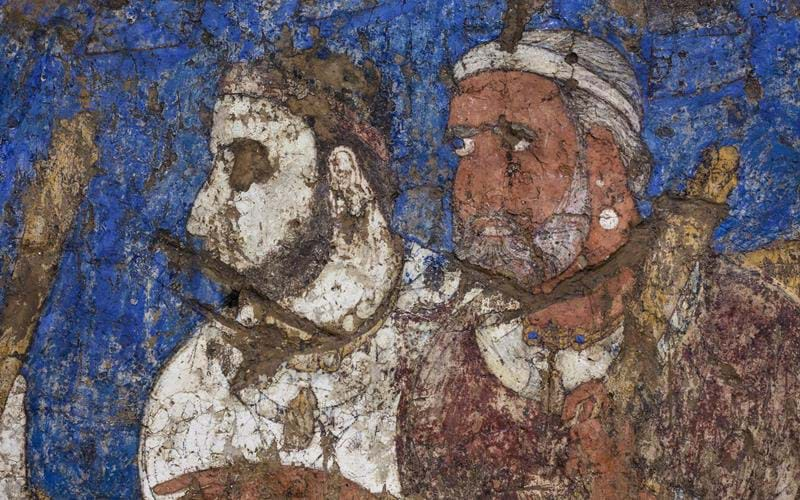
The ruins of Afrosiab sprawl over an expanse of sun-baked wasteland on the northeast side of the city. The site was founded by the Sogdian Dynasty in the 7th century BC and rose to become one of the great trading centres of the Silk Road before its destruction by Genghis Khan in 1220 AD. Although little remains of the city itself, the adjacent museum warrants a visit to see the fabulous 'Ambassador's Painting', a rare survivor from of the Sogdian period painted over two-and-a-half-thousand years ago, yet still vibrant. After lunch, visit Ulugbeg’s extraordinary observatory complex, considered by astronomers as one of the finest of its kind the Islamic world.
Accommodation Options
UK
Transfer to the airport for your return flight to the UK.
Accommodation Options
Tailor-made Tour 12 days from £3225 per person
What's included
✓ International flights from London
✓ 11 nights accommodation
✓ All internal transportation and transfers
✓ English-speaking guides
✓ Breakfast daily
✓ Entrance fees to sites and monuments listed in tour itinerary
Places and Experiences in this tour
Plan your Next Adventure
With the Summer almost upon us, now is the time to begin planning your next summer adventures in Asia. Our Travel Specialists are ready to take your call and discuss the adventure you have been dreaming of.
Or call us on 0208 566 3739

















